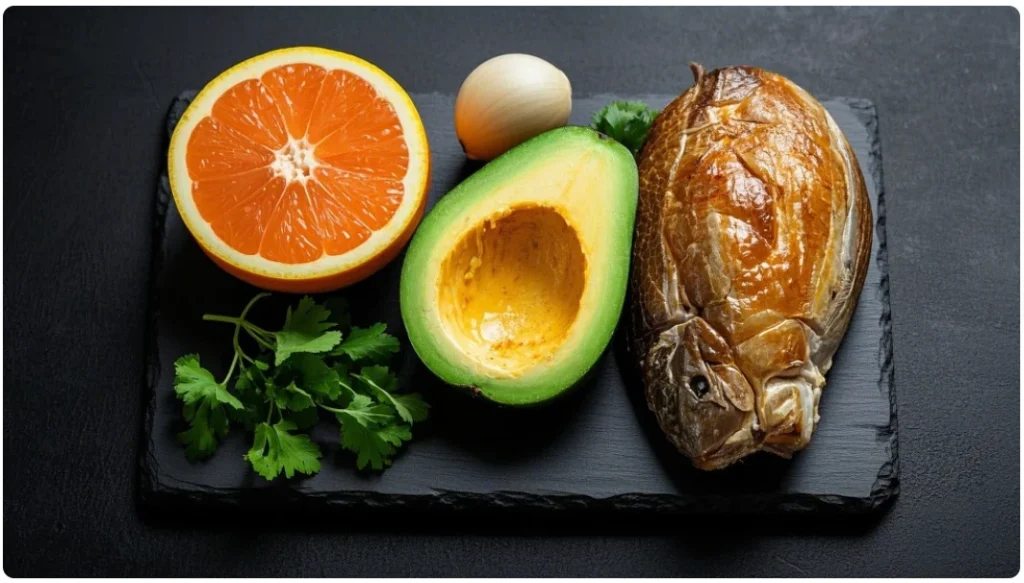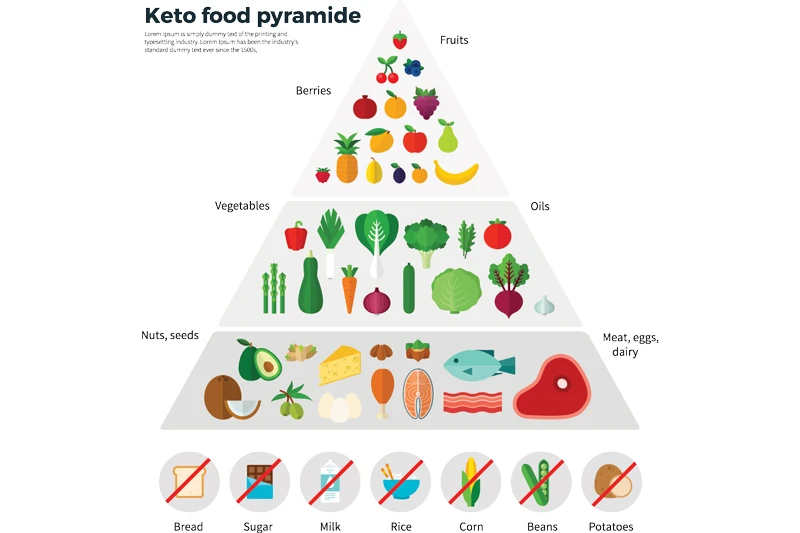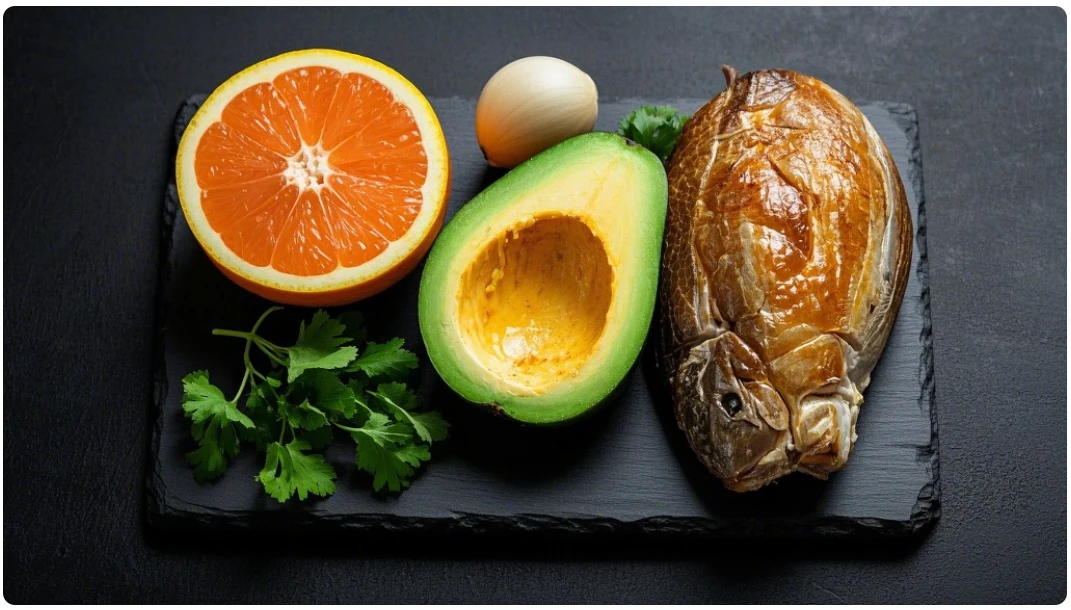
The Keto Diet, short for the Ketogenic Diet, is a low-carb, high-fat eating plan designed to shift the body’s metabolism from burning glucose to burning fat. This metabolic state, known as ketosis, helps the body use stored fat for energy, making it an effective approach for weight loss, improved mental clarity, and increased energy levels.
How Does the Keto Diet Work?
When you significantly reduce carbohydrate intake (typically below 50g per day), your body’s glycogen stores deplete, leading the liver to produce ketones from fat. These ketones become the primary energy source, replacing glucose and promoting fat-burning efficiency.
Benefits of the Keto Diet
✔ Weight Loss – The body burns fat more effectively, reducing stored fat.
✔ Improved Brain Function – Ketones provide a stable energy source for the brain, enhancing focus.
✔ Better Blood Sugar Control – A low-carb approach helps regulate blood sugar levels and may benefit those with insulin resistance.
✔ Increased Energy – Without carb crashes, many people experience sustained energy throughout the day.
✔ Reduced Cravings – High-fat meals keep you fuller for longer, reducing unnecessary snacking.
Foods to Eat on Keto
To maintain ketosis, focus on these keto-friendly foods:
- Healthy Fats: Avocados, olive oil, coconut oil, butter, nuts, and seeds.
- Protein Sources: Meat, poultry, fish, eggs, and dairy.
- Low-Carb Vegetables: Leafy greens, broccoli, cauliflower, zucchini, and bell peppers.
- Dairy Products: Cheese, cream, and full-fat yogurt (in moderation).
- Berries: Raspberries, blackberries, and strawberries (in small portions).
Foods to Avoid
To stay in ketosis, avoid:
- Sugary Foods: Soda, candy, cakes, and fruit juices.
- Grains and Starches: Bread, pasta, rice, and cereals.
- High-Carb Fruits: Bananas, apples, and grapes.
- Legumes: Beans, lentils, and chickpeas.
- Unhealthy Fats: Processed vegetable oils and margarine.

How to Start the Keto Diet Successfully
- Plan Your Meals – Prepare a week’s worth of keto meals to avoid temptation.
- Gradually Reduce Carbs – Start by cutting out sugar and refined carbs to ease into ketosis.
- Stay Hydrated – Drink plenty of water to avoid dehydration and the “keto flu.”
- Increase Electrolytes – Consume enough sodium, potassium, and magnesium to maintain balance.
- Monitor Your Progress – Use keto strips or apps to track ketone levels.
Common Mistakes to Avoid
- Not Eating Enough Fat – Keto is a high-fat diet, not just low-carb.
- Overeating Protein – Excess protein can be converted into glucose, slowing ketosis.
- Not Getting Enough Electrolytes – Lack of sodium and potassium can cause fatigue and muscle cramps.
- Cheating Too Often – One high-carb meal can kick you out of ketosis.
The Keto Diet and Exercise
Pairing keto with strength training or low-intensity cardio can enhance fat loss. However, high-intensity workouts may require additional carb intake (targeted keto approach).
Overcoming Challenges on the Keto Diet
Transitioning to a keto lifestyle can be challenging, especially in the beginning. Here’s how to tackle common obstacles:
- Dealing with the Keto Flu: The first week of keto can bring headaches, fatigue, and irritability. This is your body adapting to using fat as fuel. Stay hydrated, increase electrolyte intake (sodium, potassium, and magnesium), and get plenty of rest.
- Managing Social Situations: Eating out or attending social gatherings can be tricky. Opt for grilled meats, salads with olive oil dressing, and low-carb side dishes. Inform friends and family about your dietary choices for support.
- Long-Term Sustainability: Keto doesn’t have to be restrictive. Once you reach your goals, consider a cyclical keto approach, where you incorporate higher-carb days strategically to maintain balance and avoid burnout.
- Cravings and Emotional Eating: If you crave carbs, increase your healthy fat intake. Eating keto-friendly desserts (like almond flour pancakes or dark chocolate with nut butter) can help satisfy sweet cravings without breaking ketosis.
By understanding and preparing for these challenges, you can set yourself up for long-term success on your keto diet journey. Stay committed, track progress, and enjoy the benefits of a healthier, more energetic life!
Learn more about the Keto diet riskshttps://www.uchicagomedicine.org/forefront/health-and-wellness-articles/ketogenic-diet-what-are-the-risks
Learn more about healthy recipeshttps://www.fitpeak10.com/index.php/category/nutrition/healthy-recipes/
Conclusion
The Keto Diet is more than a weight-loss trend—it’s a sustainable lifestyle that enhances energy, mental clarity, and overall health. By following the right food choices, avoiding common mistakes, and staying consistent, you can reap its full benefits.


